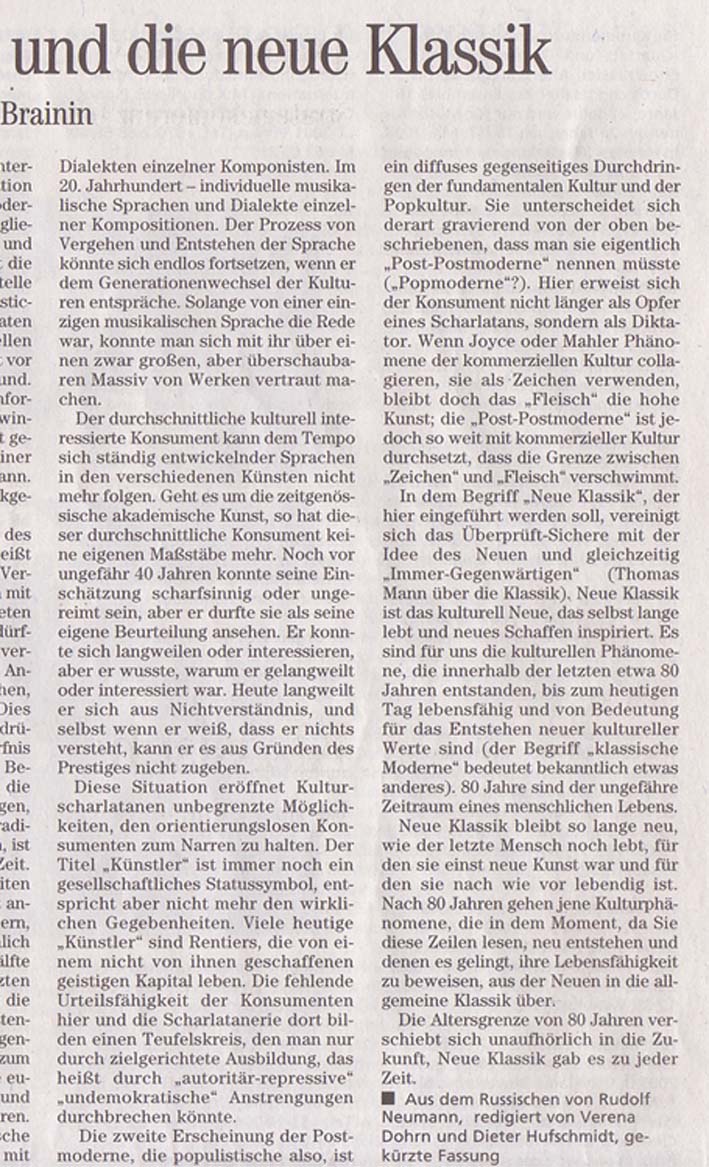High-Regularity in Optimal Soundproofing Solutions
페이지 정보
작성자 Rosita 작성일25-03-29 18:22 조회4회 댓글0건관련링크
본문
 Demand has increased on noise reduction techniques continues to rise in the past few years due to the increasing need for sound absorption in various settings such as houses, workplaces, and audio studios. Effective sound barriers are being used as a key component for achieving optimal soundproofing outcomes. In this article the world of acoustic insulation materials and their importance in soundproofing applications.
Demand has increased on noise reduction techniques continues to rise in the past few years due to the increasing need for sound absorption in various settings such as houses, workplaces, and audio studios. Effective sound barriers are being used as a key component for achieving optimal soundproofing outcomes. In this article the world of acoustic insulation materials and their importance in soundproofing applications.These are High-Regularity Materials?
High-regularity materials are a group of materials characterized by high levels of density and mass per unit area. This makes them for absorbing and blocking sound waves. These materials convert sound energy into thermal energy, effectively reducing the transmission of sound across a given surface. Some common examples foam, fiberglass, and самоклеющийся утеплитель faralon open-cell foam.
Benefits of High-Regularity Materials in Soundproofing
The use high-regularity materials provides several benefits in soundproofing applications. A key advantage is their ability effectively absorb sound waves, minimizing echo and reverberation in a given space. This is especially crucial in music studios, concert halls, and living rooms where accurate sound reproduction is crucial.
Another benefit of high-regularity materials is their ability to block sound waves, stopping them from entering a given space. This is achieved through the use of materials including Mass Loaded Vinyl, which is a durable sheet of vinyl infused with a dense material that effectively blocks sound waves.
Acoustic insulation materials can also be used to design tailored soundproofing solutions specific to specific needs and environments. For example, acoustic panels made from dense materials such as open-cell foam can be customized for fit specific shapes and sizes, providing effective sound absorption in a wide range of applications.
Examples of High-Regularity Materials
There are several types of acoustic insulation materials that can be used. Some of the most common:
- Fiberglass: This is a lightweight and flexible material that comes in a range of densities and sizes. It is widely used for sound absorption and can be effective in absorbing sound energy at 500 Hz.
- Fiberglass: This is a denser material than foam and is commonly used. It is effective sound absorption in high-pressure applications.
- Thermal Mass: This type of dense and fire-resistant material that is commonly used. It offers sound absorption in ultra-dense applications.
- Soundproofing Film: This type of sheet of vinyl infused with a dense material that completely absorbs sound waves.
Uses of High-Regularity Materials
High-regularity materials are applied in a wide range of applications, including:
- Residential soundproofing: This method can be used to create personalized noise reduction plans for homes, reducing echo and reverberation in living spaces.
- Commercial soundproofing: High-regularity materials are commonly applied to commercial settings including offices and recording studios to create effective soundproofing solutions.
- Factory soundproofing: These materials are applied to industrial settings including manufacturing plants and garages to minimize noise levels and enhance employee safety.
- Automotive soundproofing: Acoustic insulation materials are applied to the automotive industry to reduce noise levels inside vehicles.
Summary
Acoustic insulation materials are an critical element in developing effective noise reduction solutions. Their effectiveness to absorb and block sound waves makes them essential for a wide range of applications, to industrial soundproofing. By choosing the right acoustic insulation material for a specific need, organizations and individuals can develop effective soundproofing solutions that meet requirements.
댓글목록
등록된 댓글이 없습니다.









